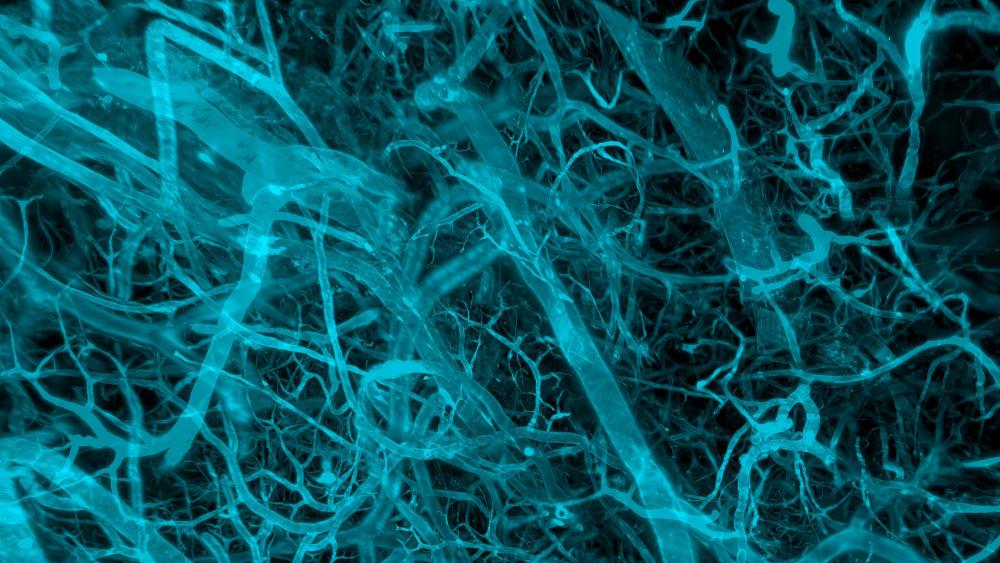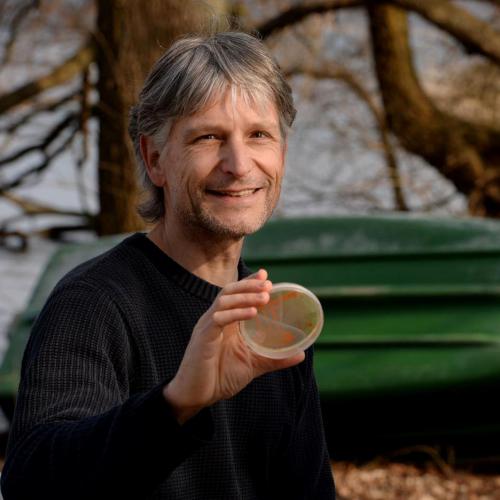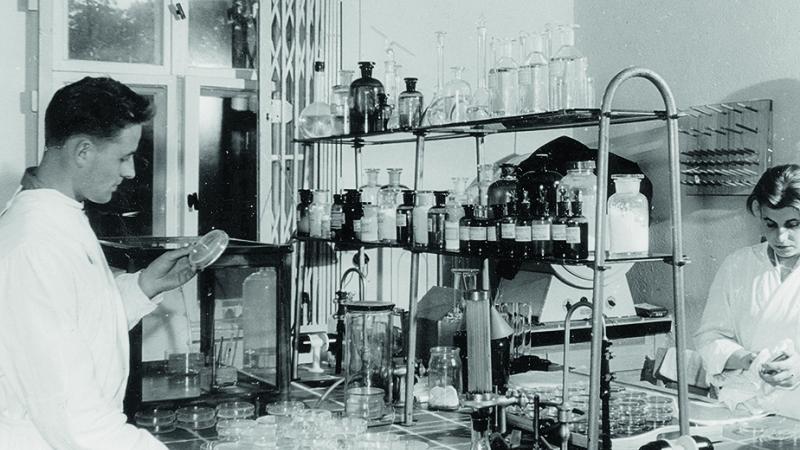
Shot from 'Fungal Entanglement'. | © Helga Griffiths
The video project Fungal Entanglement by media artist Helga Griffiths will premiere at the German Pavilion during the Expo 2025. The work combines high-resolution footage from fungal research with AI-generated elements to draw parallels with neuronal networks and natural matter cycles.
The visual work is accompanied by a specially composed soundscape by composer Johannes S. Sistermanns, which opens emotional pathways to this otherwise hidden world through instrumental and electronic sounds. The result is an impressive visual and auditory experience that merges science, technology, and art.
“We are at the beginning of our research into aquatic fungi,” said Professor Hans-Peter Grossart. “But the deeper we dive, the clearer their significance becomes for nutrient cycles, biodiversity – and perhaps even for future technological innovations.”
Fungal Entanglement invites us to reconsider the role of these fascinating microorganisms: as ecologically significant network architects and as a source of artistic inspiration.






